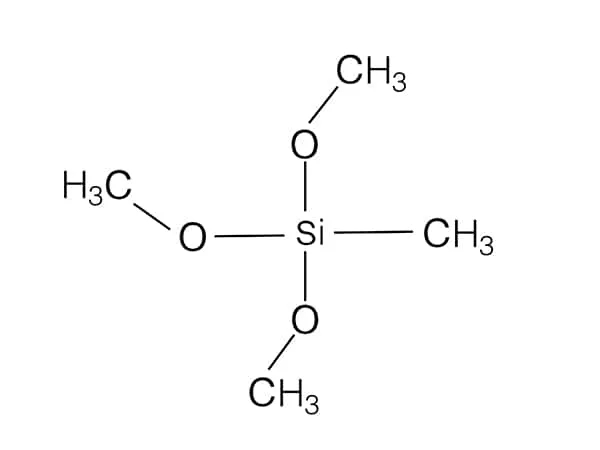Silane coupling agents revolutionize coating-substrate bonding through molecular-level interactions. These bifunctional molecules feature reactive groups that chemically bond with both inorganic substrates (metals, glass, ceramics) and organic polymer matrices.

Technical Mechanism
In epoxy primers for automotive applications, amino silanes (e.g., γ-aminopropyltriethoxysilane) undergo hydrolysis to form silanol groups. These react with hydroxyl-rich metal surfaces, creating covalent Si-O-Metal bonds. Simultaneously, the amine groups participate in epoxy curing reactions, achieving dual chemical anchoring.
Performance Data
Cross-cut adhesion: Grade 5B (0% detachment) vs. 3B in non-silanized systems
Salt spray resistance: 1,000+ hours without underfilm corrosion
Thermal cycling (-40°C to 120°C): Maintains adhesion through 50 cycles